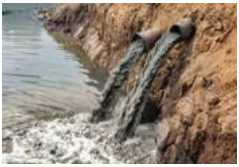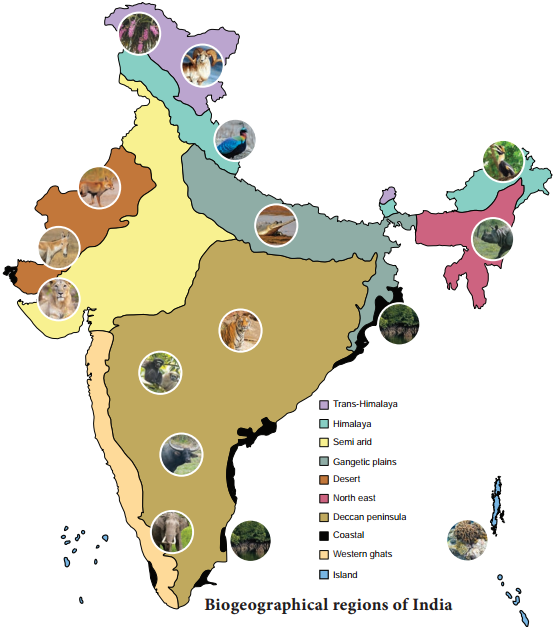Learninsta presents the core concepts of Biology with high-quality research papers and topical review articles.
Biomagnification Definition and its Effects
Food chains are components of all ecosystems. Producers and consumers form trophic levels in a chain through which energy flow is carried out by the process of eating and being eaten. Usage, storage and transformation of food and biomolecules by metabolism are a normal process. Degradation or breakdown is an essential part of any food chain and hence all naturally occurring substances are degradable.
Biomagnifiation of DDT
When non-degradable substances enter the food chain, they do not get metabolized or broken down or expelled and instead get transferred up the tropic levels of the food chain. During this process, they show an increase in concentration which is referred to as biomagnification.
This results in increased toxicity and may even be lethal. This phenomenon is well established for mercury and DDT. Fig 12.4 schematically shows biomagnifiation of DDT in an aquatic food chain where the concentration of DDT is enhanced at successive trophic levels.

Biomagnification is the method of accruing toxic elements by different organisms within a food chain. A prominent example of it is the presence of mercury within predatory fish. This level is so high that consuming these can cause cancer.
What are the substances responsible for biomagnification. Biomagnification refers to the accumulation of toxic substances in the food chain. The pesticides and chemicals such as DDT, and mercury released into the lakes and rivers are ingested by the aquatic organisms.
Bioaccumulation refers to the accumulation of a toxic chemical in the tissue of a particular organism. Biomagnification refers to the increased concentration of a toxic chemical the higher an animal is on the food chain.
Biomagnification is the accumulation of a chemical by an organism from water and food exposure that results in a concentration that is greater than would have resulted from water exposure only and thus greater than expected from equilibrium.
Biomagnification is the increase of harmful substances or chemicals in the normal food chain process. It is bad because many living things die due increase in harmful chemicals.
Biomagnification can occur in both terrestrial and aquatic environments, but it is generally used in relation to aquatic situations. Most often, biomagnification occurs in the higher trophic levels of the food chain/web , where exposure to chemicals takes place mostly through food consumption rather than water uptake.
Bioaccumulation is when a harmful substance (pesticides or organic chemicals) gets absorbed by an organism at a higher rate than it can be excreted. Even if the environment doesn’t have a high amount of toxin in it, accumulation through the food chain can be devastating for organisms.












